The Nicolaikirche is now a place of pilgrimage for many Germans of a certain age, and for good reason. It is from here that the 'Monday demonstrations' (Montags Demonstrationen) that grew throughout 1989 and 1990 evolved.
Originally, meetings were held as Friedensgebet (prayers for peace), providing aid and comfort to opponents of the regime away (mostly) from the prying eyes of the Stasi. But the meetings held in the Nicolaikirche developed into a protest network that organized increasingly larger demonstrations, demanding an easing of harsh government restrictions on freedom of movement and the press.
While the first large-scale demonstrations took place towards the end of September, it was the protest that took place on the 9th of October, 1989, that really gave momentum to the 'peaceful revolution' the protesters called for.
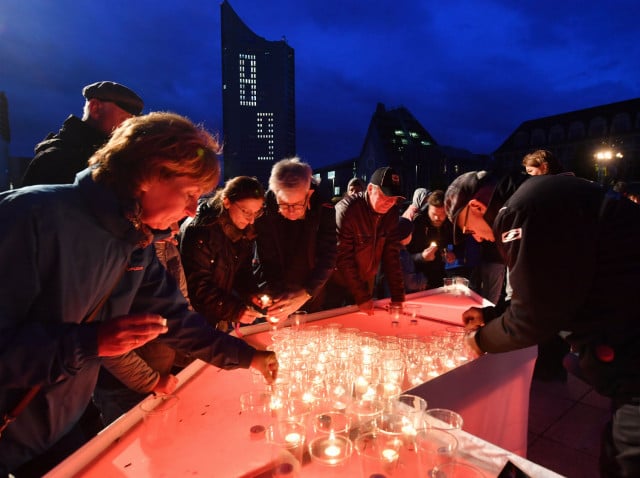
Lutheran pastors and protest leaders, Christoph Wonneberger and Christian Führer had already been arrested by the security forces and warned off organizing any more demonstrations by the authorities in the weeks prior to October 9th, but they decided to move ahead with their protest regardless.
- Explained: What sparked the protest culture of modern Germany?
- Is Germany really united 30 years after the fall of the Wall?
Marches snowballed
That evening just after 6pm, thousands crammed into the Nicolaikirche for a service, then moved out into the streets in a march, vastly growing in numbers as they moved towards the city's main train station. Some estimate that up to 100,000 people were present, waving banners that said 'Wir sind das Volk' ('We are the people' – a slogan taken on by right-wing demonstrators in the present day) amongst other slogans.
Police and other authorities were powerless to react in the face of such a mass of humanity, and news of the Leipzig demonstration soon filtered out to other parts of East Germany, despite the media blackout in place.
Footage secretly recorded of the protest was smuggled across into West Germany and broadcast by television stations accessible in the East, sparking even more opposition protests to the crumbling regime.
Shortly after the October 9th protest, party leader Erich Honecker was removed from office by the Politburo, and just a few weeks later on November 9th, 1989, border checks along the Berlin wall were abandoned – the Iron Curtain had fallen.
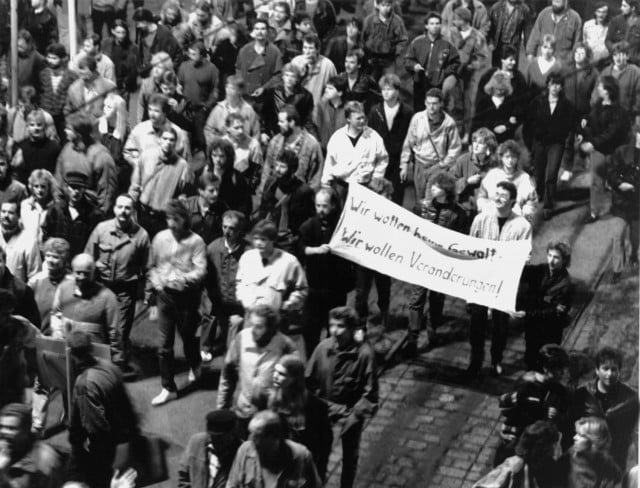 Demonstrators in Leipzig on October 9th, 1989. Photo: DPA
Demonstrators in Leipzig on October 9th, 1989. Photo: DPA
READ ALSO: Five films that shaped the GDR's legacy and what east Germans think of them today
Leipzig has been a centre for both discussion and celebration of the 'Monday Demonstrations' ever since, and events are taking place over the coming weeks and months to commemorate the peaceful revolution that began there.
At a time when protests against authoritarian movements across the world are capturing the public eye, it's important to remember the power of combined voices, coming together and demanding their freedoms – as the 'Monday demonstrations' show, they can spell the end of an autocratic state, in a peaceful manner.

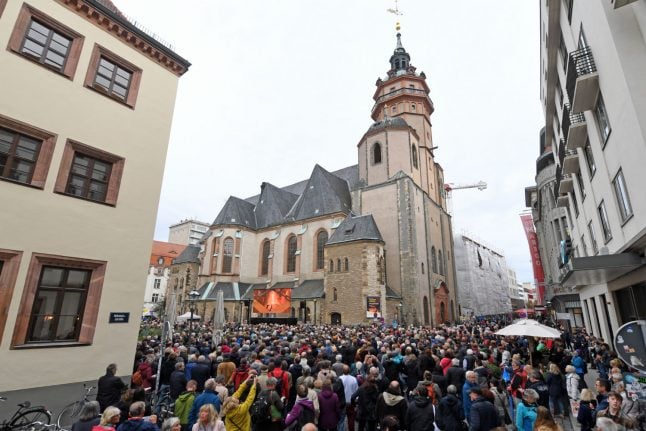
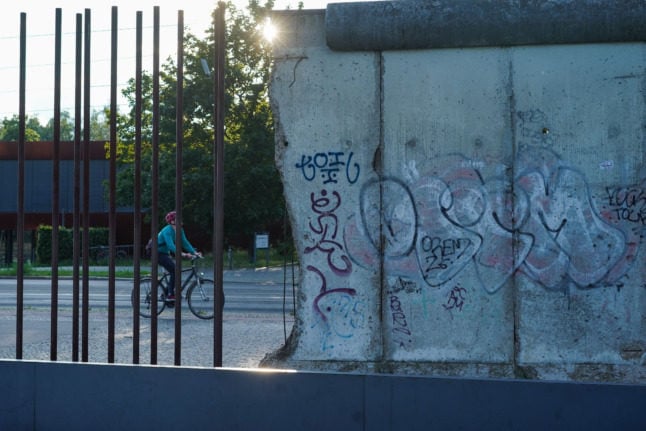
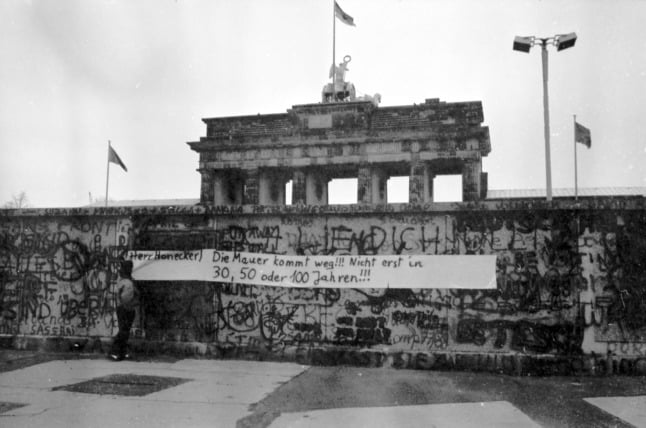
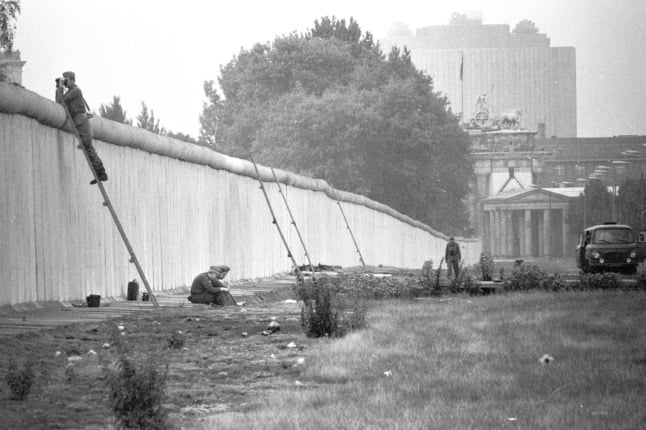
 Please whitelist us to continue reading.
Please whitelist us to continue reading.
Member comments